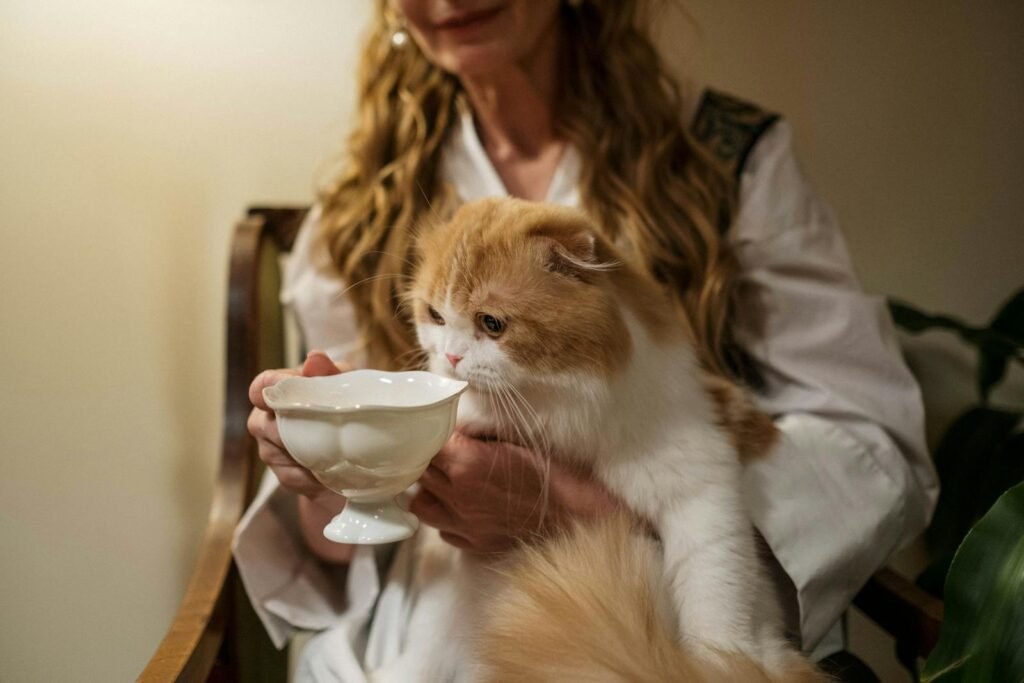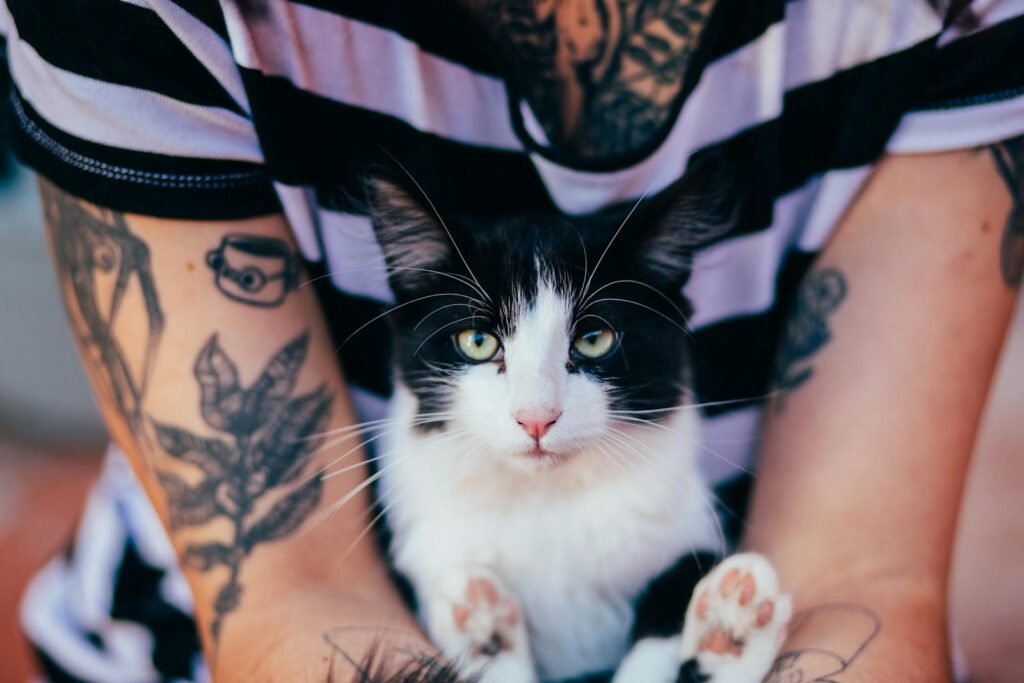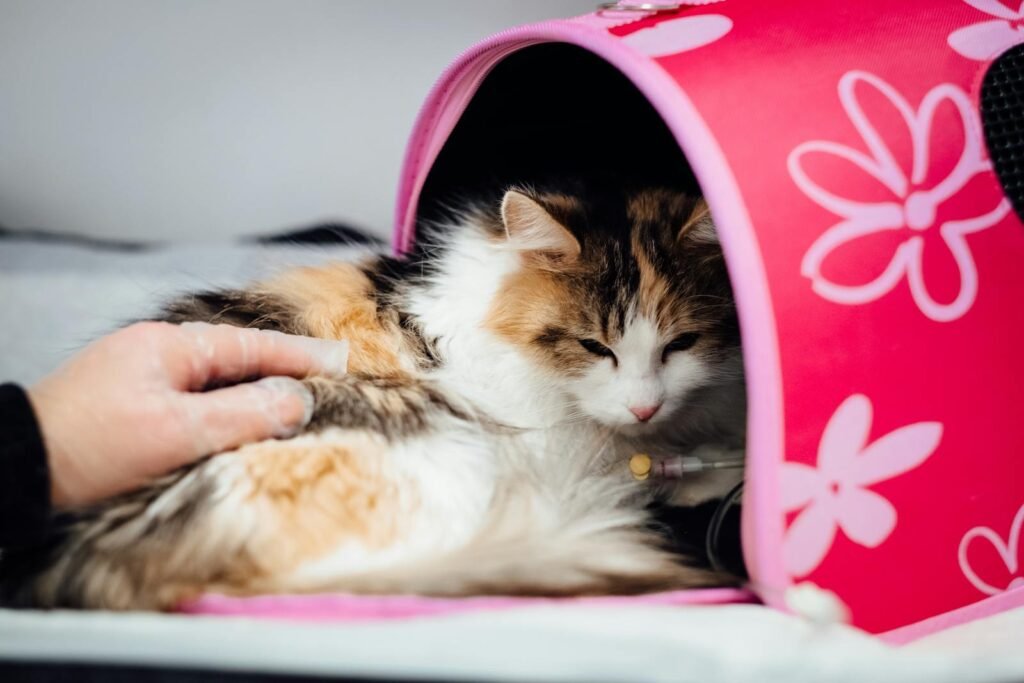Adopting an adult cat is a rewarding experience that brings joy and companionship into your life. However, building a deep bond with your new feline family member can take time and patience. Unlike kittens, adult cats come with their own set of experiences and personalities, which makes the bonding process unique and special. Understanding their needs and respecting their space is key to forming a lasting connection. This article will guide you through the essential steps to ensure your adopted cat feels at home and cherished.
Understanding Your Cat’s Background
Before you can build a strong bond with your adopted cat, it’s important to understand their background. Knowing where they came from and what they have gone through can provide insights into their behavior and needs. Cats who have experienced trauma or neglect may be more cautious and take longer to trust. On the other hand, those from loving environments may adapt more quickly. Some shelters provide detailed histories, while others might only have basic information. Regardless, observing your cat’s reactions and behaviors will help you comprehend their past and cater to their present needs.
Creating a Safe and Comfortable Environment
Creating a safe and comfortable environment is crucial for your cat to feel secure. Start by designating a quiet space where they can retreat and relax. This space should include essentials like a cozy bed, food, water, and a litter box. Cats are territorial animals, so providing them with a personal area helps them feel in control. Gradually introduce them to other parts of the house, allowing them to explore at their own pace. Remember, a peaceful and secure environment will encourage your cat to open up and start building trust with you.
Respecting Their Personal Space
Respecting your cat’s personal space is vital in establishing trust. Cats are independent creatures and may not always be in the mood for cuddles or attention. Pay attention to their body language; if they seem aloof or stressed, give them space. Just like us, cats have their off days. Forcing interaction can lead to anxiety and hinder the bonding process. Instead, let them approach you when they are ready. This patience will demonstrate that you respect their boundaries, and over time, they’ll be more likely to seek your company willingly.
Using Positive Reinforcement
Positive reinforcement is a powerful tool in building a bond with your cat. Rewarding good behavior with treats, praise, or affection encourages them to repeat it. For instance, if your cat comes to you for a pet or sits calmly by your side, a treat can reinforce this positive interaction. It’s important to be consistent and patient, as cats respond best to regular and gentle encouragement. Over time, they’ll associate you with positive experiences, strengthening your bond further. Remember, patience is key; every small step is progress in the right direction.
Engaging in Playtime
Engaging in playtime is a fun and effective way to bond with your adopted cat. Cats are natural hunters, and playtime can satisfy their instinctual needs. Use toys like feather wands, laser pointers, or balls to stimulate their interest and energy. Regular play sessions not only help in building trust but also keep your cat physically and mentally healthy. It’s a great way for both of you to relax and enjoy each other’s company. The joy and laughter that come with playtime can create cherished memories and deepen your connection.
Consistent Routines and Feeding

Cats thrive on routine, and establishing a consistent schedule for feeding and daily activities can greatly aid in building a bond. Regular feeding times provide a sense of security and predictability, which is comforting for cats. Over time, your cat will start associating these routines with you, reinforcing the bond you share. Furthermore, mealtime is an opportunity to engage with your cat, whether by gently speaking to them or simply being present. Consistency is reassuring and helps your cat feel more secure in their new environment.
Communicating Through Body Language

Understanding and responding to your cat’s body language is essential in building a deep bond. Cats communicate a lot through their eyes, ears, tail, and overall posture. For example, a slow blink is a sign of trust and affection, while an upright tail indicates a happy and confident cat. Learning to interpret these signals will help you respond appropriately, strengthening your relationship. By mirroring their gestures or responding with gentle touches, you show your cat that you understand and respect their communication, fostering a deeper connection.
Providing Regular Vet Visits

Regular vet visits are an important aspect of caring for your adopted cat and strengthening your bond. A healthy cat is a happy cat, and ensuring they are in good health shows your commitment to their well-being. Routine check-ups can help prevent potential health issues and address any existing concerns. Additionally, consulting with your vet about any behavioral changes can provide insights and advice on how to better understand and care for your cat. By prioritizing their health, you demonstrate love and responsibility, which can further solidify the trust between you and your feline friend.
Patience and Time Are Key
Building a deep bond with an adopted adult cat takes patience and time. Every cat is unique, and the pace at which they open up will vary. It’s important to remain patient and not rush the process. Celebrate small milestones and cherish the moments of connection, no matter how brief they may be. Over time, your consistent efforts will pay off, and your cat will come to see you as a trusted companion. Remember, the journey of bonding with your cat is as rewarding as the destination, filled with moments of love, trust, and friendship.

Growing up traveling and experiencing new cultures and wonders, I have had a passion for nature, adventuring, photography, and videography. I am currently working towards a BSc in Biodiversity and Ecology at Stellenbosch University, and I hope to specialise in Marine Sciences one day.
Please send any feedback to Feedback@animalsaroundtheglobe.com






